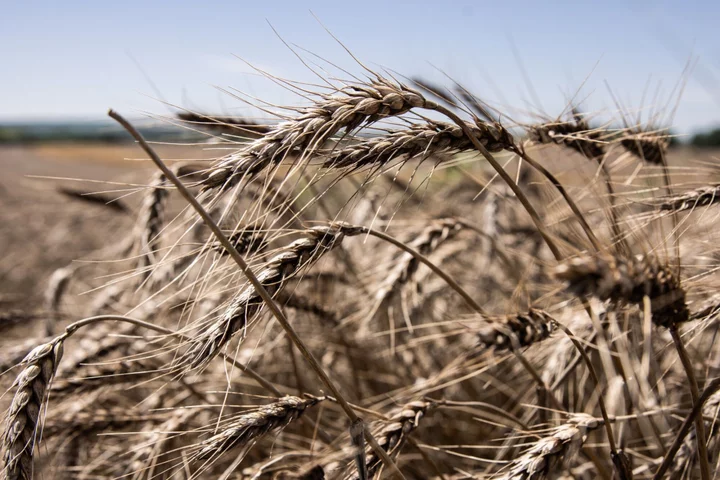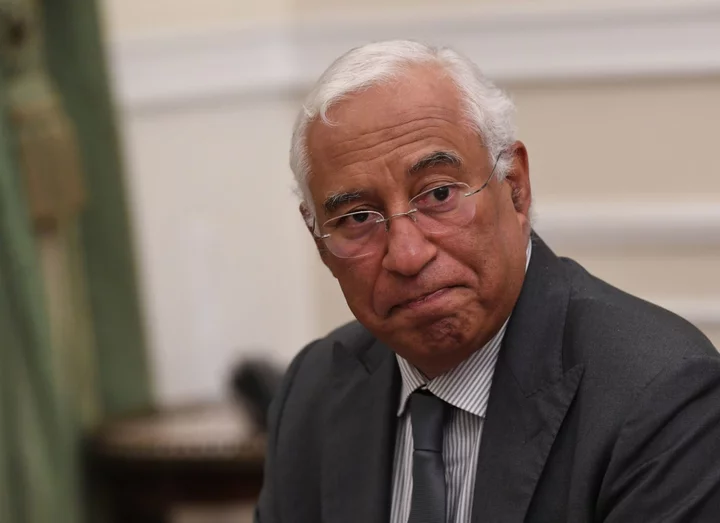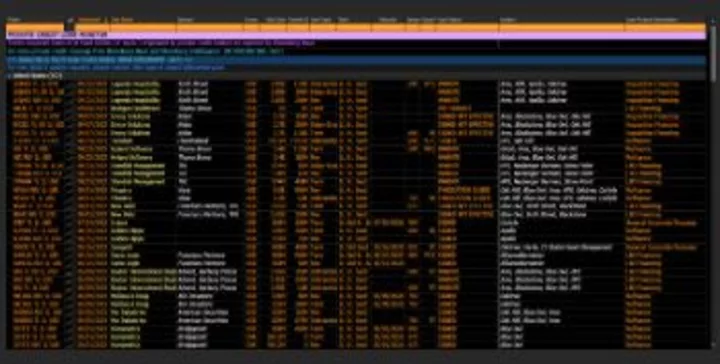Wheat futures advanced after Russia fired on a cargo vessel over the weekend in the Black Sea to stop the ship for checks, adding to uncertainties over crop deliveries from the region.
The dry freight carrier had been heading to the Ukrainian port of Izmail when a Russian naval patrol ship opened fire after the ship’s operators didn’t respond to a request for inspection, Russia’s Defense Ministry said. The vessel was then allowed to resume its trip, the ministry said, without elaborating what cargo — if any — it was carrying.
Russia warned last month that vessels headed to Ukrainian ports would be considered as potentially carrying military cargo, heightening risks for shipping in the region as the war escalates.
“These actions exemplified Russia’s deliberate policy of endangering the freedom of navigation and safety of commercial shipping in the Black Sea,” Ukraine’s Foreign Ministry said Monday in a statement.
Ukraine said the vessel stopped — the Sukru Okan — was Turkish. It is listed on shipping database Equasis as owned and managed by OG Shipping Ltd. in Mersin, Turkey. A person familiar with the matter said the ship was empty and had emptied a corn cargo the previous day in Greece. It was heading to Izmail to load more grain and is currently docked in Romania, they said.
Futures climbed as much as 1.2% before paring gains to trade 0.3% higher at $6.5575 a bushel.
Ukraine’s sea ports have been blocked since the end of a deal in July that allowed the safe passage of vessels exporting Ukrainian grains and other foodstuffs. That has made Ukraine’s Danube River ports, like Izmail, increasingly important to get its crops abroad.
Katerina Kononenko, an operations manager at Avalon shipping in Romania which works with vessels in the Sulina channel and on the Danube, said that traffic was operating as normal on Monday.
Concerns also remain for shipments from Russian ports after a Ukrainian drone attacked a Russian-flagged oil tanker about a week ago. Still, there has been little sign yet of significant disruption for Russian exports and wheat futures remain around 17% lower this year amid bumper harvests.
“Despite all the attacks seen in the last fortnight, grains continue to flow from both sides,” Rabobank analyst Carlos Mera said. Spot prices have been depressed by strong availability due to large Russian exports, he said.
On Friday, the US Department of Agriculture raised its estimate for Russian wheat exports to 48 million metric tons for the 2023-24 season. That means almost a quarter of the world’s wheat trade will now come from Russia.
--With assistance from Megan Durisin and Kateryna Choursina.
(An earlier version corrected date of Russia wheat-export forecast.)
Author: Áine Quinn, Beril Akman and Keira Wright









